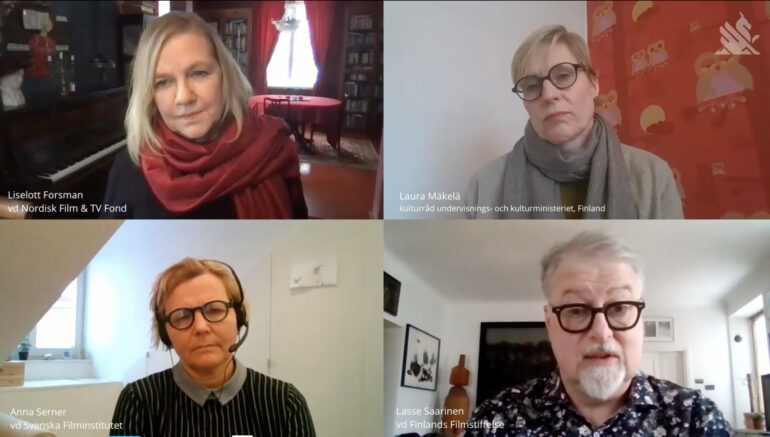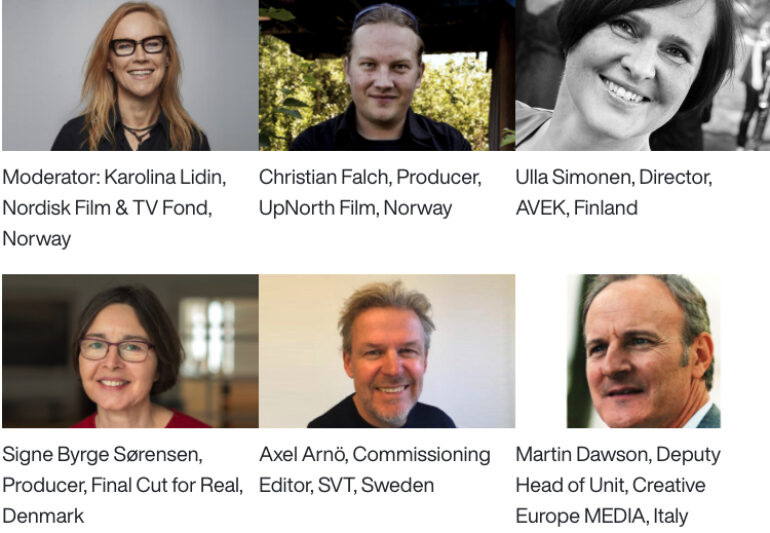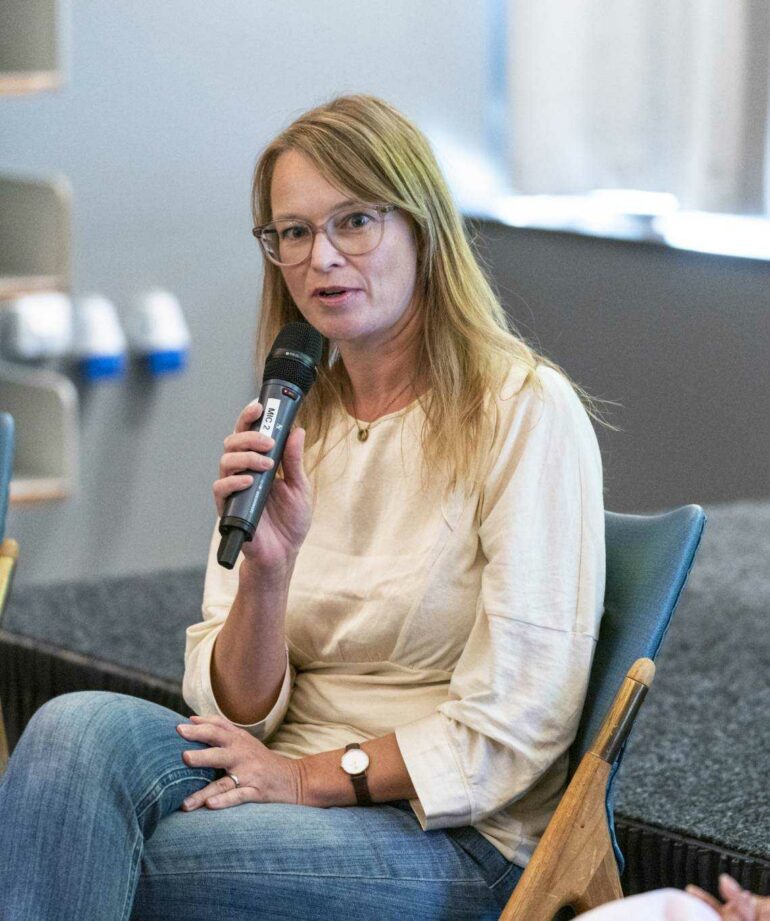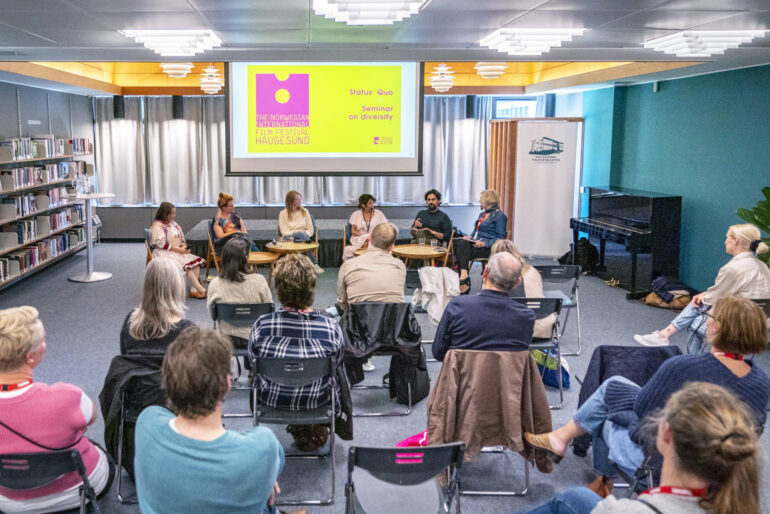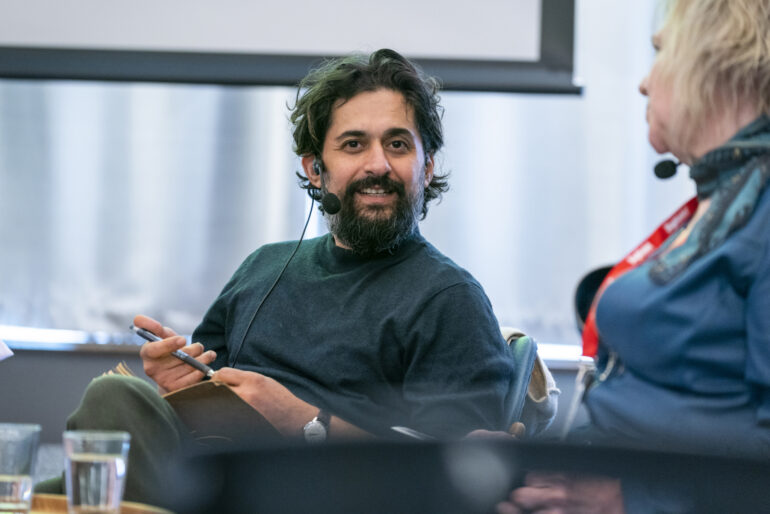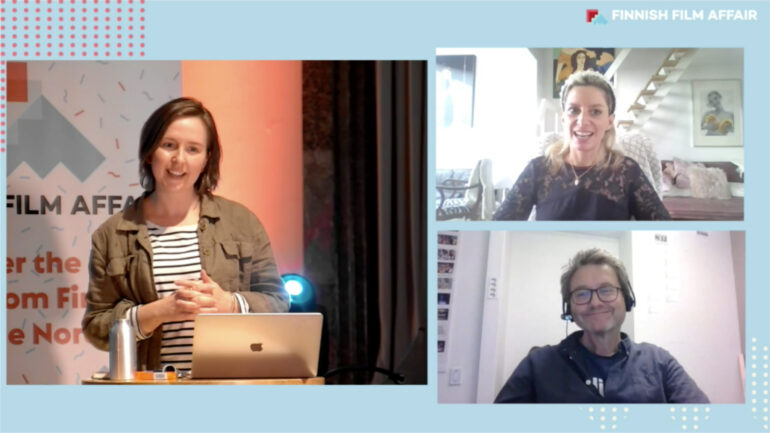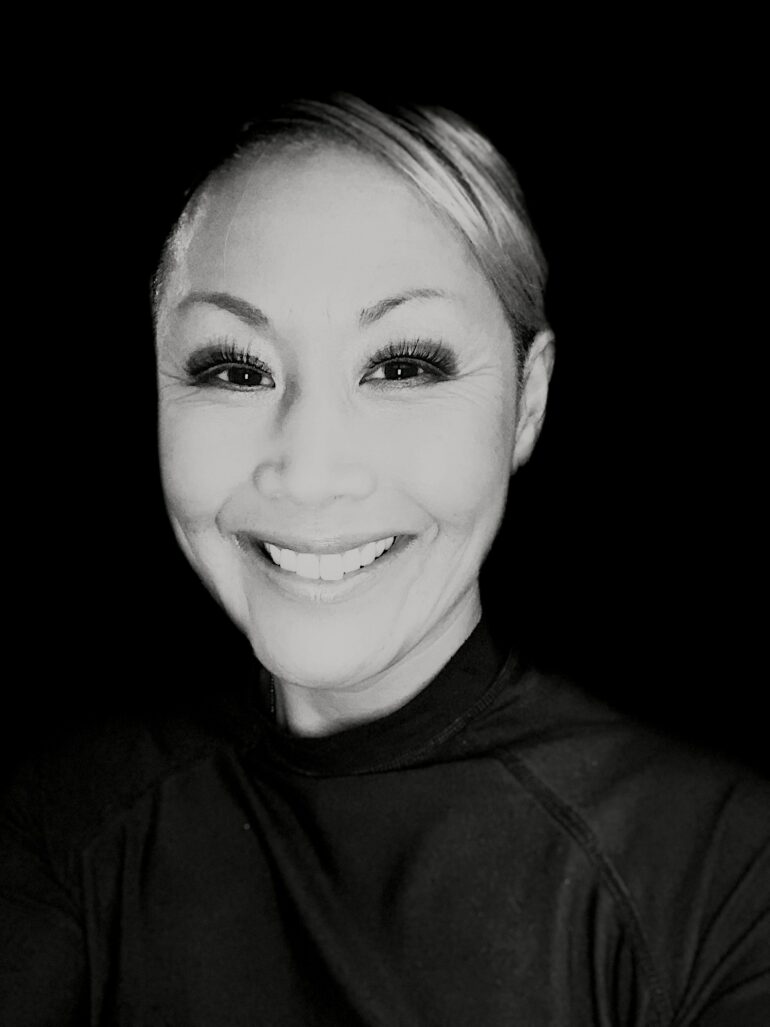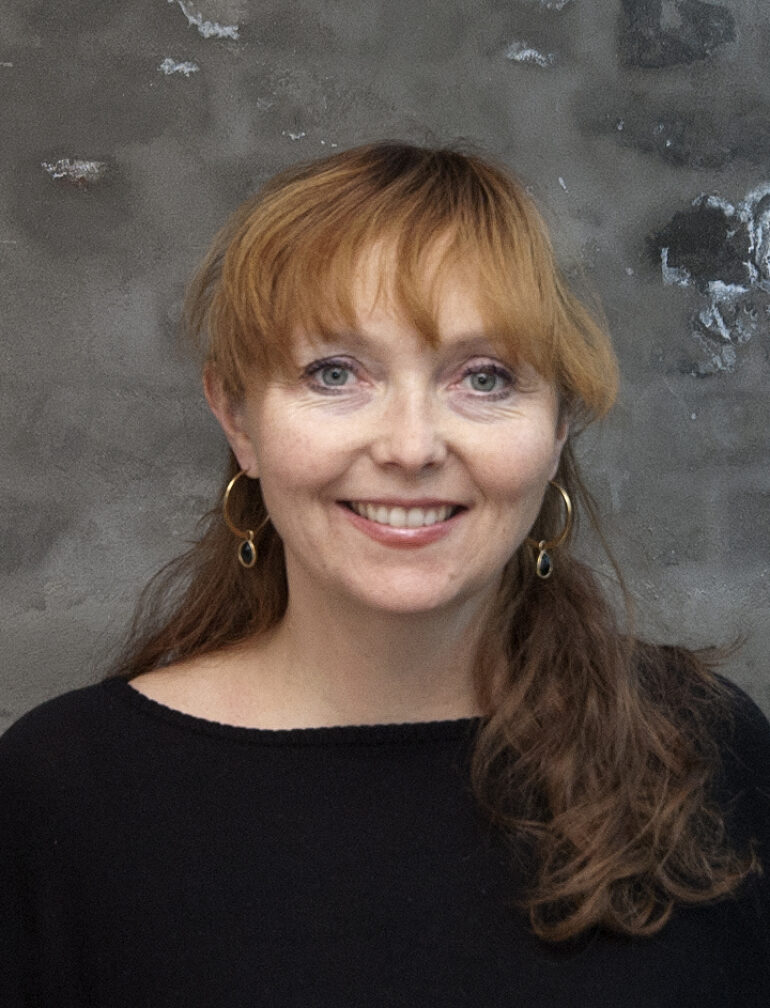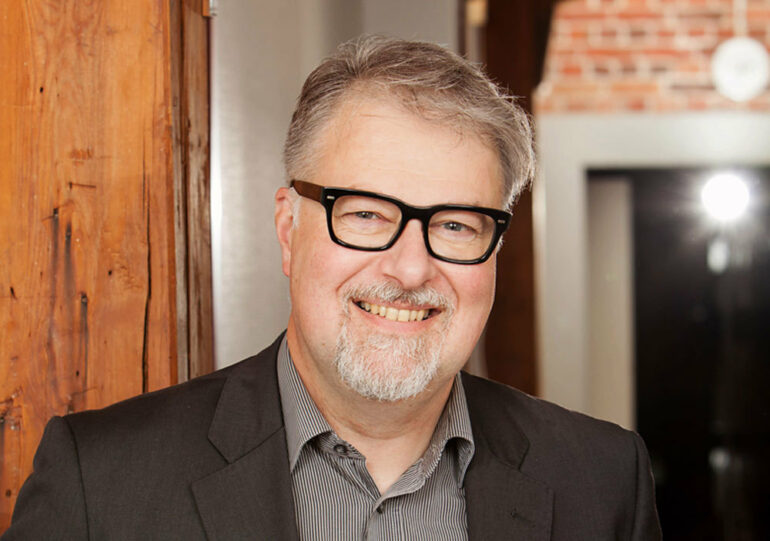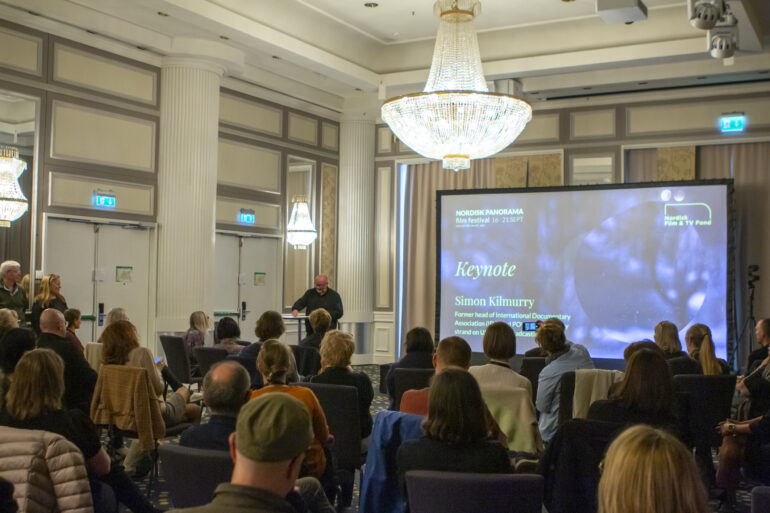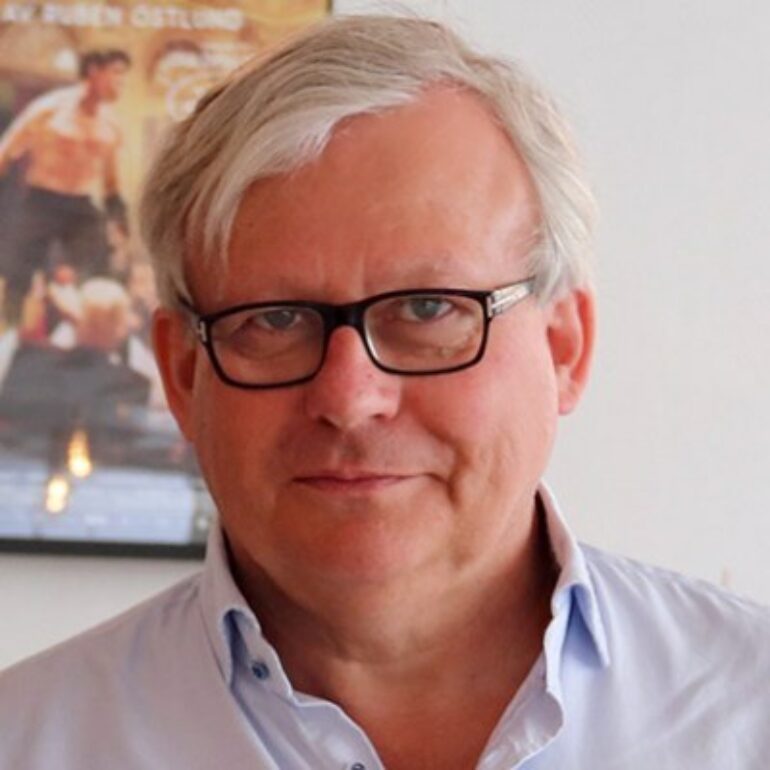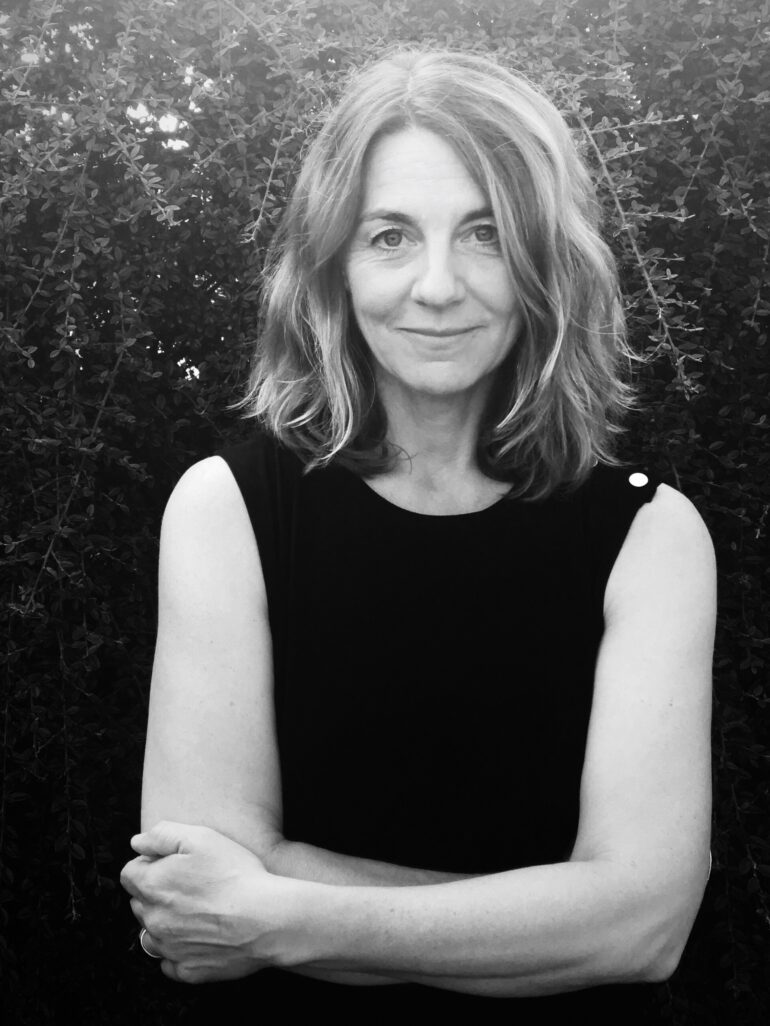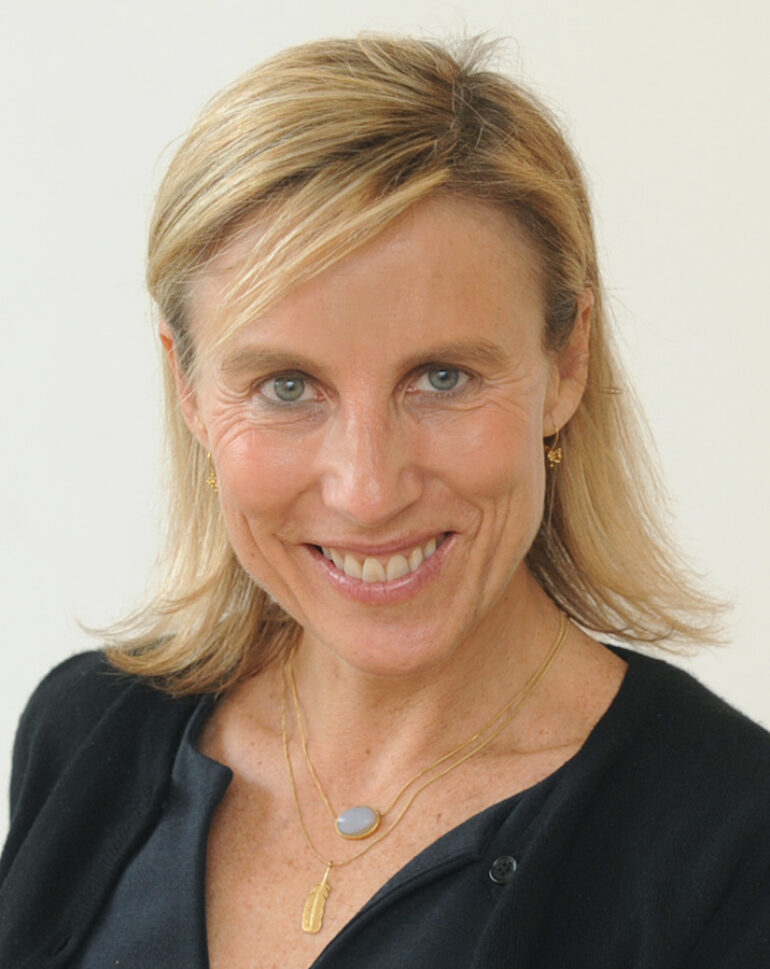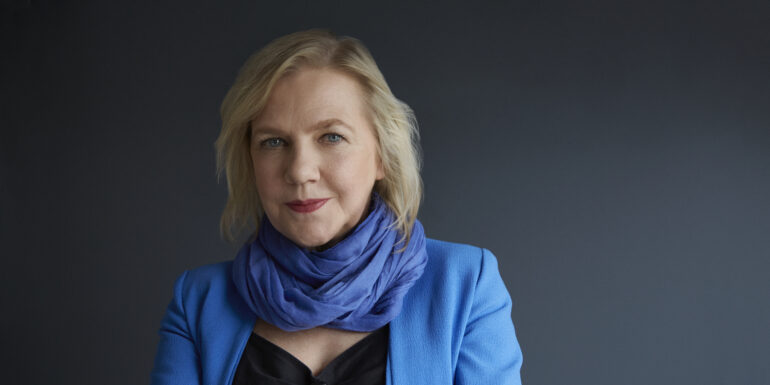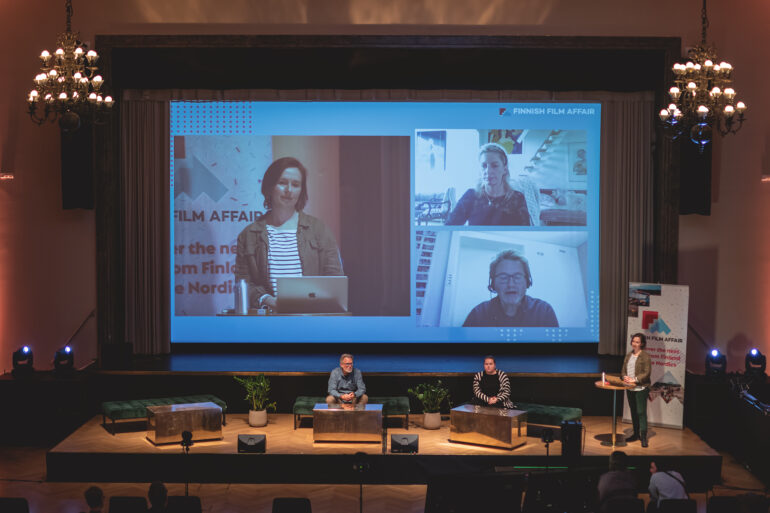WRITTEN BY: Wendy Mitchell
As we kickstart 2022, still in unprecedented times of an evolving world and audiovisual industry, it’s the perfect moment to look back at some of the hot discussion topics of the year-long Audiovisual Collaboration 2021 project (AC 2021) and how those learnings can influence the future.
The Collaboration – which continues in January 2022 – has been jointly organised by Nordisk Film & TV Fond (NFTVF) and the Finnish Ministry of Education and Culture, during the Finnish Presidency of the Nordic Council of Ministers, including discussions at major film festivals as well as other brainstorming sessions looking at building a sustainable, competitive, future-thinking audiovisual sector in the Nordic region.
Reflecting on those fruitful 2021 discussions, here are six key talking points for 2022 and beyond.
Distribution and festivals learning from a hybrid world
When the first lockdowns began in spring 2020, we could have hardly predicted that, in just one example, Danish cinemas would be shut in early January 2022 because of Omicron. Distribution and exhibition continue to be in a state of uncertainty, hoping for recoveries after the pandemic, but in a changed world where audiences have gotten more accustomed to watching at home. On the flip side, we are all swamped by online content. As Norwegian producer Christian Falch cautioned at NFTVF webinar at CPH:DOX, it’s easy for online film releases to get lost in the fray. “The media doesn’t care as much about online premieres as for theatrical releases. It’s not enough to have a film available online. More efforts are needed to make people understand it’s there.
As for cinemas, James Bond and Spiderman lured viewers off their sofas, but how can independent or arthouse films do the same on a regular basis? Once Hollywood’s pipelines are fully reopened, will that hurt the local-language releases that flourished at the national box-office during the pandemic without any blockbuster fare on release? What will the new balance look like between online and cinema releases; will theatrical windows continue to shorten, or even possibly disappear, for independent films; and how will revenue streams change?
This uncertainty also exists for festivals as distribution outlets as well, as Sundance 2022 moves online only, and Goteborg is once again planning a hybrid edition…with Berlinale’s European Film Market now online only and the festival (at press time) hoping to go ahead in person. To be sure there are silver linings to flying less and the potential for democratisation of attending online festivals and markets, but will remote attendance make it harder for newcomers to build relationships as they begin their careers?
Building inclusion into the industry
The increased visibility of the MeToo and Black Lives Matter movements has inspired much soul-searching in the audiovisual industries across the globe about how content being made can better reflect modern, diverse societies – both in front of and behind the camera.
Collectives like Time’s Up, Brown Girls Doc Mafia, Women in Film and TV International and Filmmakers With Disabilities are just a few groups making diverse voices heard more loudly. Inclusion needs to be considered not just be about race and gender, but also in terms of social class, disability, sexual orientation and age. But now the question is how to move from talking to actually creating lasting structural change.
“Facts and figures are key” said Silje Riise Næss, film commissioner at the Danish Film Institute, at a NFTVF panel organised with Haugesund’s New Nordic Films. “Anecdotal evidence” about representation is not enough. But she also mentioned the challenge of interpreting diversity-related data. Næss said having commissioners and educators from different backgrounds is the first necessary step to systemic change in who gets to tell what stories.
But there also needs to be care about who is or isn’t ‘allowed’ to tell which stories. Communities telling their own stories is important, but on the other hand, a storyteller should be able to tell any story they are passionate about. Any Day Now director Hamy Ramezan explained in Haugesund that he was told by funders to stick to minority central characters. His own background was also mentioned as one of the reasons why he received support, which made him doubt his own artistic merit. “All I want is to tell a good story, not making it for political reasons or for the sake of representation,” he said.
Getting serious about sustainability
We can no longer ignore climate change in our personal or professional lives. So, how can the audiovisual industry move from good green intentions to best practices?
Experts agree that several concrete steps are needed in the Nordics. While there have been some European reports about the costs of sustainability, the Nordics need similar research and perhaps a Nordic-wide point person or organisation to consult on sustainability.
Nordisk Film & TV Fond is now working with the Nordic Eco Media Alliance (NEMA) to launch a partnership in 2022 on green filming. Experts suggest another concrete way ahead is making more public funding tied to sustainability targets.
On the Audiovisual Collaboration 2021 panel organised in conjunction with Finnish Film Affair in September, Ivar Køhn, Head of Drama at NRK, said, “We need help from Nordic broadcasters, financiers, politicians to go into the new green territory. If decision-makers make it mandatory for producers to be greener, then things will happen. Producers go for the money, so either they will have to do something for the money, or get more money if they produce green. Incentives are key to achieve change.” On the same panel, Lauriane Bertrand, Policy Officer at Creative Europe MEDIA, suggested, “We need a common language and common methodology regarding carbon calculation and a sustainability label.”
Boosting collaboration across borders
Co-productions amongst the Nordic countries are more important than ever and co-producing with other countries across Europe should be encouraged to build and open up new creative opportunities, new audiences and more sustainable practices.
“Co-production relations between Nordic countries is crucial for the industry. It is also a very natural way to co-produce as the systems of funding are quite similar…We believe it’s definitely a cornerstone of the financing landscape for international projects in the Nordics,” said Klara Nilsson Grunning of the Norwegian Film Institute, in an interview following the AC2021 session at Nordisk Panorama Town Hall.
At a Scandinavian Films webinar during EFM 2021, Danish producer Monica Hellström of Final Cut for Real noted that Flee was a Danish-Swedish-Norwegian-French co-production, and she said “Thanks to co-productions, over time, you get to know creative people and building a team of talents across borders simply makes a film better,” adding that the Flee team benefitted from “having French eyes, and a new perspective from them which enriched the creators’ vision.”
Co-production is already a cornerstone for getting films of scale made in the Nordics (indeed, to qualify for NFTVF funding, a project needs guaranteed distribution in at least two Nordic countries), and moving into the future some producers call for more reciprocity between the Nordic film institutes for minor co-productions.
Also, co-productions can move beyond national or regional soft money to cross-border collaborations backed by private funders as well (NFTVF has a mix of public and private funders amongst its 22 partners).
Working with the platforms
The content boom continues, driven by the global streamers like Amazon and Netflix and the local players like Elisa Viihde and Viaplay. This brings up concerns about what kinds of content get commissioned, IP control and the volume of commissioned work leading to personal burnout.
The IP control issue led the European Producers Club to unveil its new Code of Fair Practices in 2021, including suggestions for working in smarter ways with streamers. Gudny Hummelvoll, EPC president, told www.nordicfilmandtvnews.com, “We hope that the streamers start to realize that the current contractual relationship (typically based on a work-for hire approach where the independent producer acts as a mere service producer) needs to be changed into a fair partnership, and also recognise our important role for their audience and the European film industry, and thus change their approach towards deal making.” (She hopes the Code can be built into new regulatory framework.)
Producers understandably also want more transparency and accountability from the platforms, who are for the most part reluctant to share data and viewing figures even with their partners. So how can independent voices compete (or even co-exist) with the behemoths? In the episodic world, broadcasters are banding together with initiatives like Nordic 12. Moving past the us-vs-them mentality will also be beneficial – Netflix has done many co-productions with public service broadcasters and Viaplay is already working with the likes of SVT and DR.
The first Audiovisual Collaboration session in January 2021, arranged in collaboration with Göteborg Film Festival, looked at co-productions as well as the EU’s Audiovisual Media Services Directive (AVMSD), and more precisely the possibility for Member States to require the platforms to make financial contributions or direct investment in content in their countries. This has yet to be implemented in the Nordics, but in the session, Anna Serner, then-CEO of the Swedish Film Institute, and Lasse Saarinen, CEO of the Finnish Film Foundation, agreed that levies payable to a fund could be more beneficial for the national industries than direct investments in local productions.
Looking specifically at the documentary world – but with a sentiment that also applies to the fiction realm -- Simon Kilmurry, former head of both IDA and POV, said in his NFTVF keynote at the Town Hall at Nordisk Panorama in Malmo: “The documentary world is shifting from one that had a social and creative and democratic function at its core to one that's market-based. And that I think threatens the future of the field,” he said. The recent boom in documentary is “driven by the bottom line and privileges genres such as true crime and celebrity focussed films, and also privileges those filmmakers who have the longest track records,” he added.
The changing role of public funding
Film and TV financing is changing, not only with the rise of the platforms, and public funding has to evolve to stay relevant.
This will be a topic addressed at the Fond’s panel on Jan 21, where Tomas Eskilsson, Head of Strategy at Film i Väst, will present some findings and suggestions from Film i Väst’s forthcoming major report, Public Finance at the Crossroads. Anyone in the industry can have their say about the topic ahead of the panel - CLICK LINK HERE .
Some of the questions to be addressed include:
- Should public funders put more resources into distribution and marketing, not just into development and production?
- Is public funding stable enough through change of governments to let producers know what to expect year to year?
- How should public funders work (or not) with content that ends up on streaming platforms.
- With the platforms accused of sometimes making lowest-common-denominator content, public funding has a vital role for more creative work.
Consultant Gitte Hansen made a plea in Malmo at the Nordisk Panorama Town Hall session, “Please, please, please think not only of what the audience wants to see, whoever decides that. Think about the filmmakers out there, they are the ones with the stories. They are the ones with the talent to create something. Look at that and follow that line as a public service institution.”
One way public funders need to evolve in the current marketplace is to make much quicker funding decisions (to better replicate the speed of answers from their private counterparts), something that Axel Arnö of SVT noted at the CPH:DOX session.
Another way forward is to work more smartly alongside private funding partners. The MEDIA Programme’s new equity fund Media Invest is just one sign of change. “More than ever, we need greater collaborations embedded in the way the Media Programme is implemented; we need to foster co-productions, co-distribution, innovation through tools that can contribute to the transformation of the audiovisual ecosystem at large,” Lucia Recalde told the NFTVF webinar EU Meet the Nordics in March 2021.
“We are very pleased with the rich discussions that have taken place during the last year and believe that they have served as good starting point and ground for further dialogue and cooperation of different actors in the Nordics,” says Laura Mäkelä, Senior Adviser from the Finnish Ministry of Education and Culture.
Liselott Forsman, CEO at Nordisk Film & TV Fond sums up: “The core idea of Audiovisual Collaboration 2021 has been to build a concrete dialogue within the whole Nordic industry and between decision-makers and the industry. Questions have deepened from one discussion to another and from panel conclusions to follow-up interviews in our Newsletter. Even though the year-long project officially ends in early 2022, all our pan-Nordic actions on compatibility, inclusion and sustainability will surely continue in 2022 and thereafter.
To see the full panel discussion Beyond Best Practices: What Should the Next Steps Be for a Sustainable Nordic Film and TV Industry? held at the Finnish Film Affair 29.09.2021 click link below.
To read all our coverage on Audiovisual Collaboration please see our full list of articles: CLICK HERE.
Wendy Mitchell is the Nordic Correspondent for Screen International and a consultant for festivals including San Sebastian and Sundance London.
